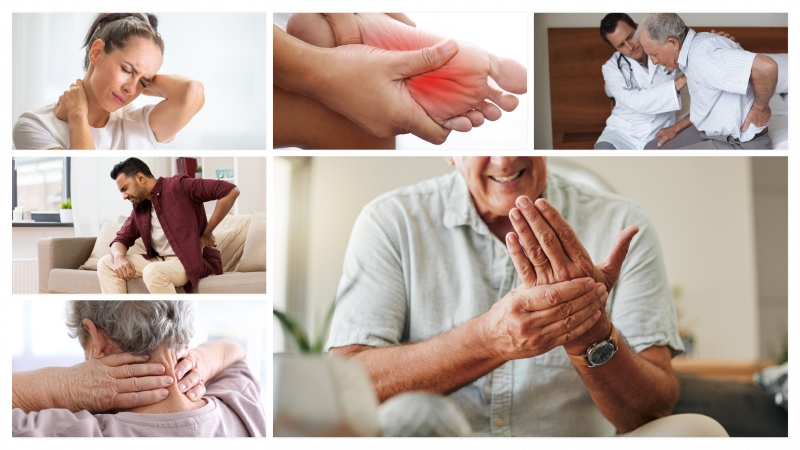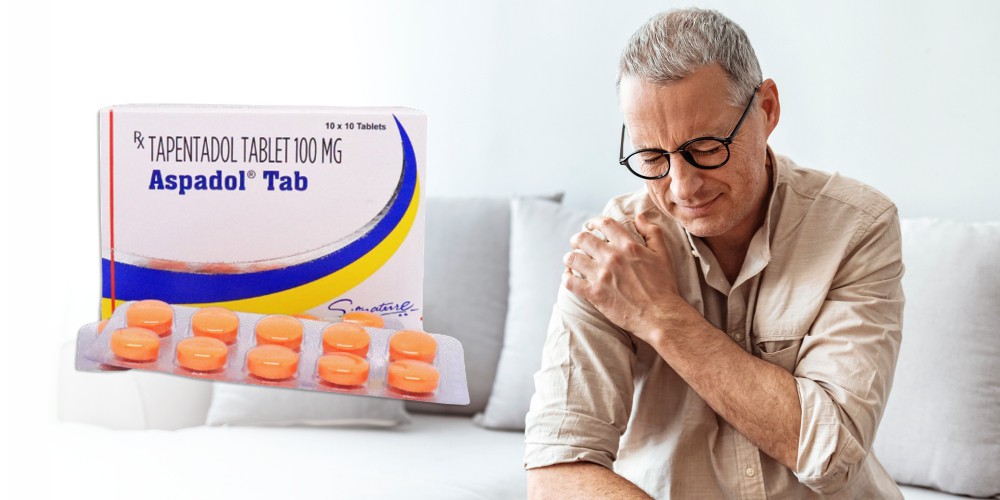Coping with persistent pain over time can present a demanding and incapacitating ordeal. Though medication and medical interventions have a vital role in pain management, substantial relief can also be achieved through lifestyle adjustments. By embracing a dynamic and wellness-focused way of living, individuals have the capacity to take control of their discomfort while enhancing their overall state of well-being concurrently. A crucial element in achieving pain relief through adjustments in one’s way of living involves the consistent upkeep of an active lifestyle. Engaging in consistent physical activity, customized to match a person’s unique capabilities and restrictions, holds the promise of enhancing muscle potency, boosting flexibility, and easing feelings of unease. Low-impact activities such as yoga, and swimming, or individuals with chronic pain are frequently advised to engage in walking, as it encourages mild movement and is beneficial without imposing excessive strain on the body.
Comprehending the various varieties of pain allows for enhancing the precision of treatment methodologies through healthcare experts. It also empowers individuals to communicate their pain experiences more effectively, resulting in enhanced administration and overall welfare. Pain constitutes a multifaceted and individualized perception that can have a significant influence on our everyday existence. It serves as a crucial warning signal that something may be wrong with our bodies. Comprehending the various varieties of pain can help us better manage and treat it effectively.
1. Acute Pain: This type of pain is typically temporary and results from an injury or illness. Typically, it manifests abruptly with a sharp or intense onset, and functions as a defensive reaction aimed at halting additional harm.
2. Chronic Pain: In contrast to acute pain, chronic pain endures over an extended duration, frequently spanning for months or even years. It may arise due to factors like arthritis, fibromyalgia, or nerve impairment. Frequently characterized as a persistent sensation, chronic pain is commonly referred to as dull, throbbing, or searing, exerting a substantial influence on an individual’s overall quality of life.
3. Neuropathic Pain: This type of pain stems from damage to the nervous system itself rather than a specific injury or illness. Conditions such as diabetic neuropathy or post-herpetic neuralgia can result in neuropathic pain that is characterized by shooting or electric-like sensations.
4. Nociceptive Pain: Nociceptive pain emerges when specialized receptors known as nociceptors perceive damage to tissues or painfulness within the body. This type of pain is typically localized and can be described as throbbing, cramping, or soreness.
5. Psychogenic Pain: Psychogenic pain refers to physical sensations that are influenced by psychological factors such as stress, anxiety, depression, or past trauma. The intensity and location of psychogenic pain may not directly correlate with any underlying physical cause.
6. Referred Pain: Referred pain manifests when sensations of pain are experienced in an area distant from its actual source due to shared nerve pathways between different areas of the body. For example, during a heart attack, one may experience referred pain in their left arm.
In addition to exercise, modifying your diet can also play a role in contributing to managing pain. Consuming a well-rounded nutritional plan abundant in foods with anti-inflammatory properties such as fruits, vegetables, whole grains, lean proteins, and nutritious fats has the potential to alleviate inflammation within the body. This may lead to a decrease in pain levels for some individuals.
Stress management strategies form another crucial element of lifestyle adjustments aimed at alleviating pain. Chronic stress has been linked to increased perception of pain and exacerbation of symptoms. Engaging in relaxation techniques such as deep breathing exercises, meditation, or engaging hobbies can help alleviate stress levels and promote a sense of calmness.
Furthermore, maintaining proper sleep hygiene is essential for managing chronic pain effectively. Creating a regular sleep routine that enables sufficient rejuvenating sleep can reduce fatigue and boost the body’s capacity to manage discomfort. It’s crucial to highlight that lifestyle modifications can offer substantial alleviation from chronic pain symptoms for numerous individuals; Looking for advice from professionals in the healthcare field prior to implementing substantial alterations to your daily schedule or treatment plan is consistently recommended.
By actively integrating these lifestyle adjustments into their daily schedules actively and mindfully, individuals aiming to complement medical interventions with alternative methods find it increasingly achievable to manage chronic pain.

